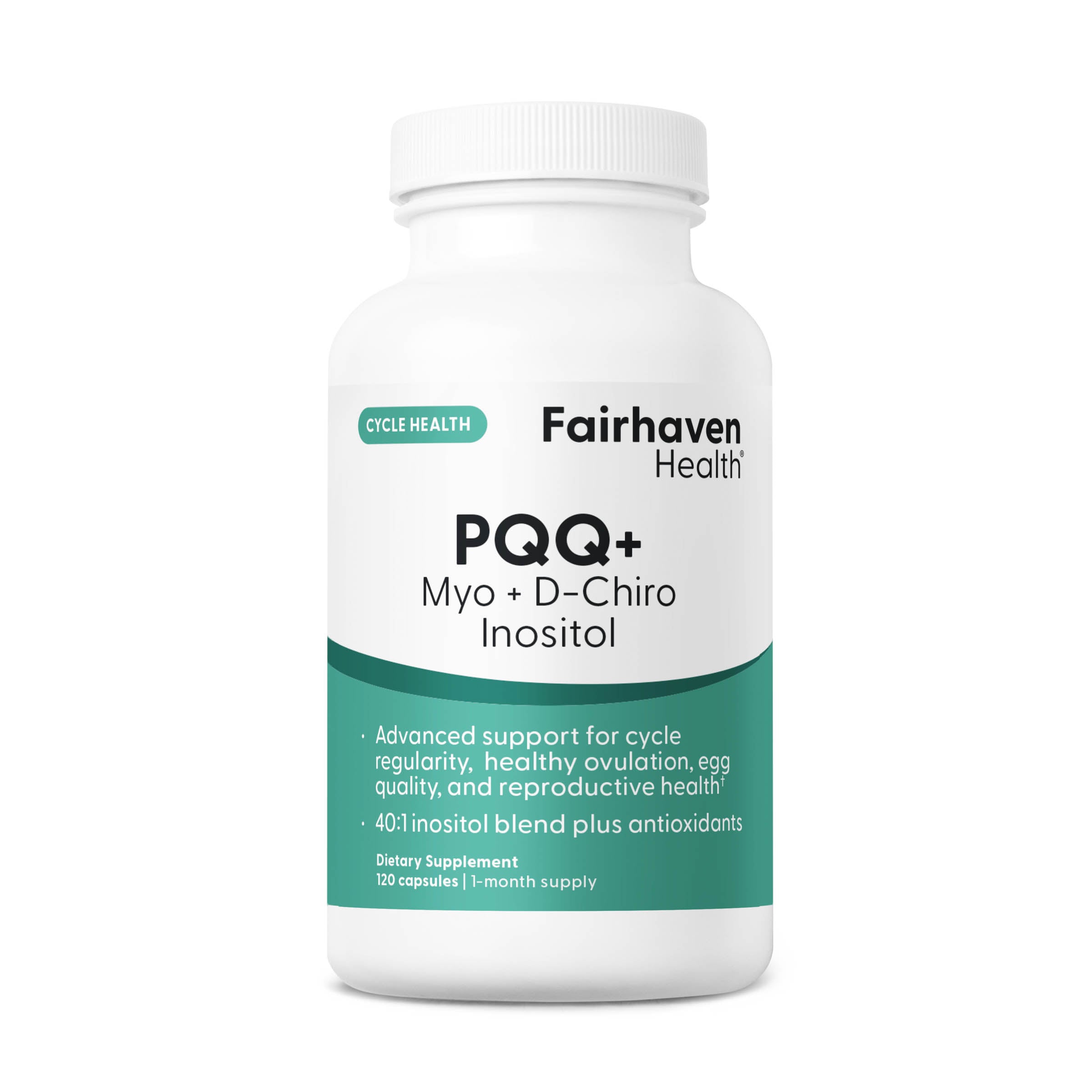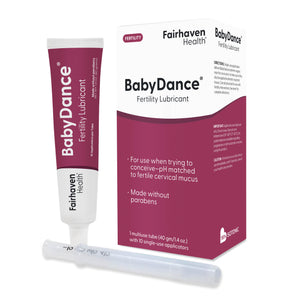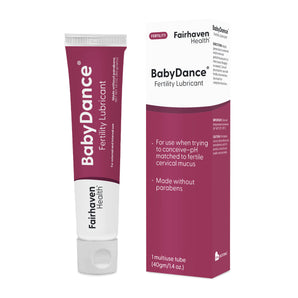What is Basal Body Temperature Charting?
BBT - or Basal Body Temperature - Charting allows you to predict ovulation based on charting changes in your body temperature throughout your menstrual cycle.
Drawing a Coverline
The coverline indicates the date of your bbt temperature increase - your bbt thermal shift - which is drawn after a marked increase in your resting (basal temperature).
How do I take my BBT? Do I need a special thermometer?
Take your temperature first thing in the morning, prior to food, drink or activity. Ideally, your temperature should be read lying in bed. A minimum of three to four hours of sleep is required before a BBT can be determined. Your BBT is taken orally or rectally with a special BBT thermometer capable of supplying measures in one-tenth of a degree increments. Avoid products containing mercury.
Stress and Factors that Can Impact Readings
BBT results can be influenced by physical stress or emotional distress, insomnia, alcohol, jet lag, smoking, morning coffee, using an electric blanket, or even intense dream states. Noting special events in your chart - e.g. "had insomnia, worried about work" - can help to interpret your chart in the future. Even shaking your thermometer in the morning can raise temperatures (so shake it down the night before).
What Should my BBT Chart Record?
Below you will find an example of a BBT Chart. The chart begins with the first day of the cycle and monitors temperature increase on a daily basis - in one-tenth of a degree increments.

What Will be the Temperature Changes Indicating Ovulation? Will the Changes be Sudden or Gradual?
Following ovulation, your progesterone increase will cause a minimum body temperature rise of 0.4 to 0.6 degrees - or more. Temperature changes, depending on the individual, can be gradual or immediate.
Limitations for Ovulation Prediction
BBT charting only tells you when ovulation has already occurred - and is therefore important for predicting general patterns. Using urine-based ovulation testing (LH testing, ovulation predictor kits, or OPKs) is a more precise method to predict ovulation. Examining cervical mucus is also a very valuable practice. For a 5-7 day advanced notice of ovulation, consider using an electrolyte-based fertility tracker.
Charting BBT temperatures tells you about ovulation after the fact. An egg can only live in your body for approximately 24 hours, and by the time the BBT method tells you that you have ovulated, it is generally too late for intercourse. This is why the BBT method is great for helping you track general physiological patterns in your cycle - and why the BBT method should be used in conjunction with other preconception and TTC methods.




